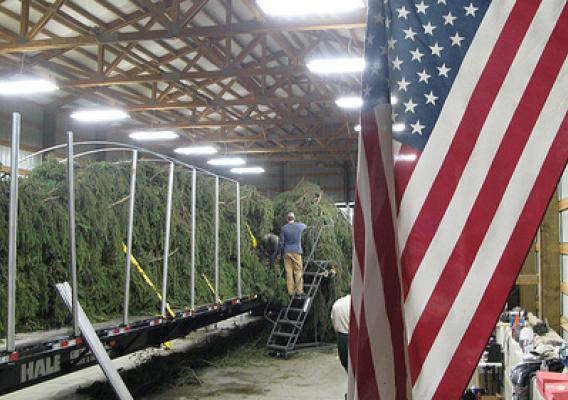At some point in our lives, we all wonder what it would be like if we didn’t exist. How would things be different? Last month, American farmers and businesses experienced what it was like to live without USDA Market News. While the markets continued to operate, we received several phone calls and heard stories of how so many small and mid-sized producers struggled without the valuable information we provide.
In the 100-year history of Market News, this was only the second time that the data reports were not available. The reports give farmers, producers and other agricultural businesses the information they need to evaluate market conditions, identify trends, make purchasing decisions, monitor price patterns, evaluate transportation equipment needs and accurately assess movement. The information, gathered by the Agricultural Marketing Service (AMS) and provided for free, captures data for everything from cotton, fruits, vegetables and specialty crops, livestock, meats, poultry, eggs, grain and hay, to milk and dairy, and tobacco.









